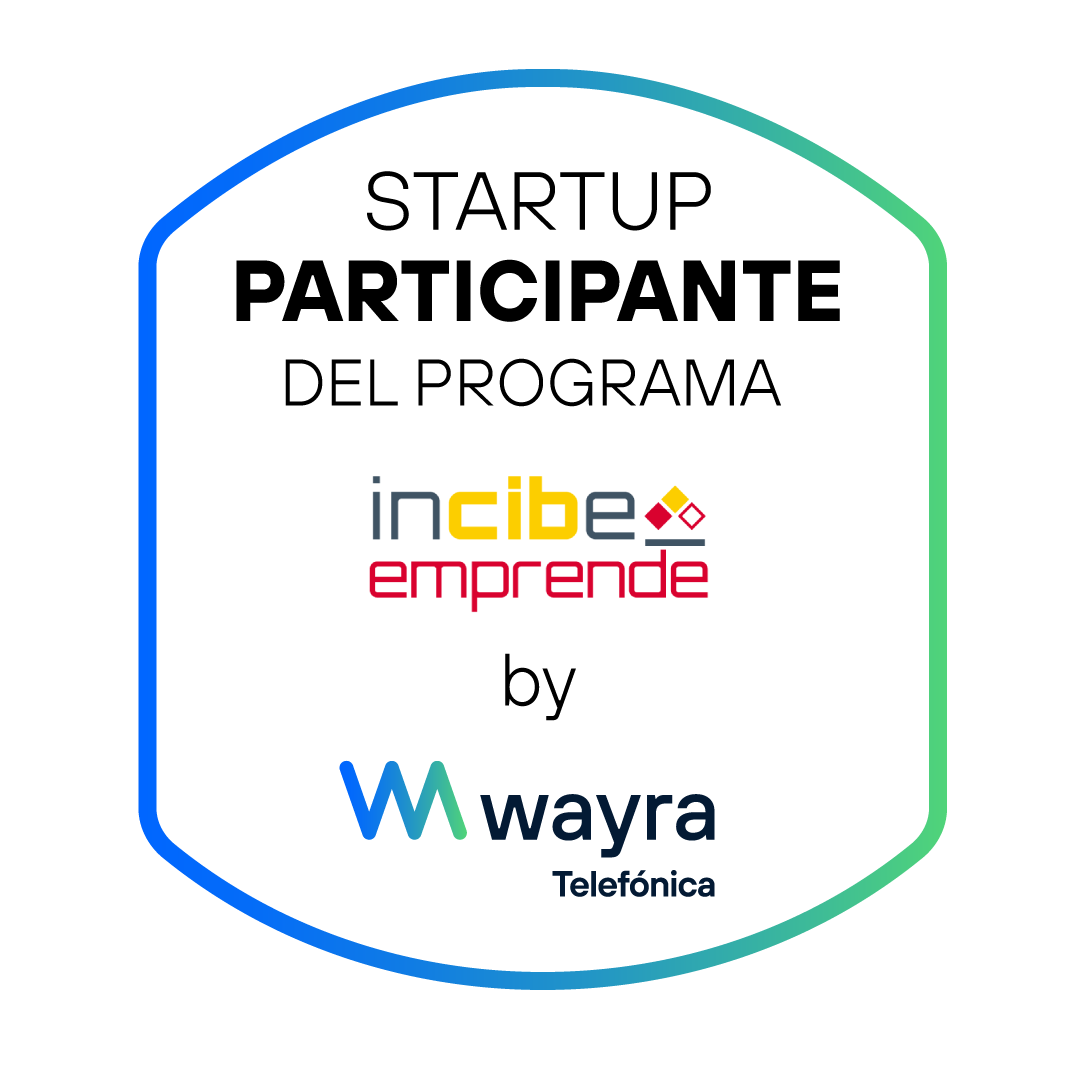What is «Zero Distance» and how does it relate to hybrid work?
In recent years, we have witnessed a radical transformation in the way we work. The implementation of hybrid working models, combining on-site and home-based work, has become the norm for many companies and corporations in various productive sectors. However, this shift has not been without its challenges and obstacles. Some organisations are struggling to achieve the expected success, and some have even reversed their efforts to adopt this new work paradigm.
The «Zero Distance» system presents itself as a promising solution to address these difficulties. It involves not only shoring up organisational culture and physical workplaces, but also effectively integrating technology within companies. What exactly does this trend entail and how can it help organisations optimise their operations?
The rise of hybrid models
In the digital age in which we live, the concept of work has undergone a significant evolution. Remote work, once considered a limited option for a select few, has now become a reality for a significant percentage of the global workforce. According to data from WFHResearch, nearly 30% of employees globally are already applying hybrid work models, and 98% of workers want the opportunity to perform their tasks from home at least some time during the week.
However, implementing hybrid systems is not without its challenges. Many companies struggle to establish a culture that accommodates this modality, reconfigure physical spaces to optimise efficiency and adopt the technology necessary to facilitate seamless remote and face-to-face working. According to Horacio Benedicto, Digital Workplace Architect for Logicalis in Argentina, Paraguay and Uruguay, these shortcomings can lead to situations where companies are forced to ask their employees to return to face-to-face, which can lead to tension and discontent among the workforce.
The importance of «Zero Distance» in hybrid work
“Zero Distance” is presented as a comprehensive solution to address the challenges inherent in hybrid working models. This approach focuses on minimising the gap between face-to-face and digital, creating an ecosystem where employees can work efficiently, whether at home or in the office.
A key part of «Zero Distance» involves the implementation of collaboration and communication tools that facilitate interaction between geographically distributed teams. This includes the use of artificial intelligence tools to take notes, save conversations and summarise salient topics, as well as systems that recognise gestures to automatically activate functionalities.
In addition, it is crucial to pay attention to the organisation of physical workspaces. Tools such as Hybo, which allow the booking of desks and meeting rooms, can help avoid uncertainty when arriving at the office, while free video equipment with features such as QR code booking can improve the face-to-face experience for employees.
In-depth analysis of «Zero Distance
«Zero Distance» is more than just a trend in the world of work; it is a holistic approach that seeks to minimise the gap between face-to-face and digital, creating a work environment that feels seamless and connected, regardless of the physical location of employees. This concept is not only about removing physical barriers, but also about optimising collaboration, communication and efficiency in a distributed work environment.
Technology integration
One of the key aspects of «Zero Distance» is the integration of advanced technology that facilitates collaboration and interaction between remote and face-to-face teams. This involves the use of unified communication tools, video conferencing platforms, project management systems and other technology solutions that enable employees to work together effectively, regardless of their geographic location.
Automation and efficiency
«Zero Distance» also refers to the automation of processes and optimisation of workflows to maximise operational efficiency. This can include implementing artificial intelligence and machine learning systems for tasks such as document management, meeting scheduling and resource allocation, allowing employees to focus on higher value-added tasks.
Organisational culture
In addition to technology, «Distance Zero» requires a focused approach to organisational culture. It is crucial to foster a sense of belonging and collaboration among teams, regardless of whether they work remotely or face-to-face. This can be achieved through virtual team building activities, mentoring programmes, regular team meetings and open and transparent communication.
Flexibility and adaptability
Zero Distance» also implies a mindset of flexibility and adaptability on the part of the organisation and its employees. This means being willing to adapt to rapid changes in the work environment, experimenting with new tools and processes, and learning from successes and failures along the way.
Impact on productivity and well-being
When implemented effectively, «Zero Distance» can have a significant impact on employee productivity and well-being. By removing the barriers between face-to-face and digital, it creates a more fluid and collaborative work environment, which can increase efficiency and job satisfaction. In addition, giving employees the flexibility to work from anywhere promotes a better work-life balance.
Hybo and hybrid work
In this context, the Hybo platform is positioned as an invaluable ally for companies looking to implement hybrid working models effectively. Hybo is a comprehensive solution for the management and booking of workspaces, both face-to-face and hybrid. It is a real-time, cloud-based SaaS platform that enables organisations to turn their offices into flexible workplaces.
Hybo enables the booking of workspaces, desks, meeting rooms, canteen shifts, parking spaces, and also allows the management and booking of external visitors and the management and monitoring of incidents in facilities and equipment. By facilitating workspace management and promoting work flexibility, Hybo aligns perfectly with the «Zero Distance» philosophy and contributes to creating comfortable and productive work environments for employees.
Other trends to consider in 2024
In addition to «Zero Distance», there are other trends and tools that organisations should consider to optimise their operations in a hybrid work environment:
- Hybrid cloud: migration of private applications to public clouds and the flexibility to move applications between different environments are critical to ensure data accessibility and security in a hybrid environment.
- Observability: tools that allow IT professionals to monitor and fix problems before users notice them are essential to ensure optimal performance of applications and systems.
- Connectivity: technologies such as SD-WAN and SASE are key to ensuring efficient and secure connectivity, especially for employees working remotely.
- Security: authentication and authorisation of devices and users, along with the implementation of Zero Trust security architectures, are critical to protecting systems and data in hybrid work environments.
In short, the adoption of hybrid working models presents both opportunities and challenges for organisations. Zero Distance» and tools such as Hybo can help bridge the gap between digital and physical, creating comfortable and productive work environments for both remote and face-to-face work. It is crucial that companies take advantage of these trends and tools to optimise their operations and stay competitive in an ever-evolving world of work.
Beyond reservations, create experiences
Contact us and discover everything we can do for you.












